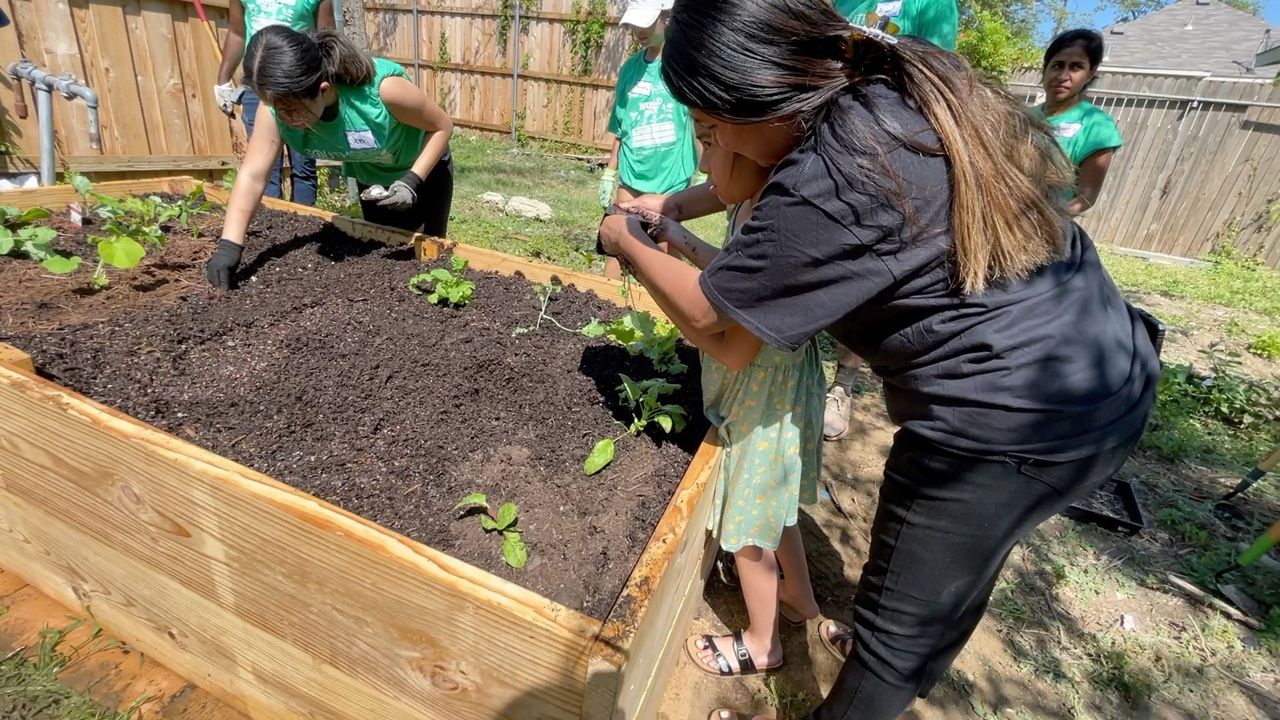BUFFALO, N.Y. — What if we told you there’s a study underway testing a product that could increase the mobility of paralysis patients? University at Buffalo is one of 12 centers nationwide that are part of this study. If the treatment they’re looking at is approved, it would mean some spinal cord injury patients could regain some strength, even use in their fingers and arms.
“I have a son and a seven-year-old daughter,” Ashley Dall said. “And so it was like, I want to braid her hair. I want to throw the baseball to my son. And so this really helped strengthen my fingers as well."
Dall was in a car crash that left her with a spinal cord injury in 2010.
“I was losing strength in my arms and in my shoulders,” Dall said. “I mean, it's 13 years post spinal cord injury now."
Dall’s quest for physical therapy landed her in what’s called the ASPIRE study.
“In the spinal cord community, you don't have many resources,” Dall said. “There are not many things out there that are available to us, especially that are noninvasive.”
Dall was part of a cohort in Milwaukee, Wisconsin at Marquette University.
“Immediately, I actually felt relief as far as pain in my shoulders,” Dall said. “It was almost like the stimulation was a massage.”
Eventually, it helped Dall regain strength, which is exactly what rehabilitation scientists like University at Buffalo’s Francisco Benavides are hoping to see.
“The study is focusing on cervical injuries," Benavides said. “So we try to improve motor control and hands mainly.”
They use what’s called TSS, or Transcutaneous Spinal Stimulation. The device, ExaStim, sends electrical currents under the patients’ spinal cord to “jump-start” the nervous system.
“There are multiple channels that can be used in combination to direct the currents," Benavides said. "You can modify the intensity and the frequency that you use with this device.”
Benavides says after a spinal cord injury, the normal pathways that connect the brain to the spinal cord are disrupted. The body readapts.
“By applying this transcutaneous electrical stimulation, what we tried to do is to readapt dose neurons to receive better the signal from the brain and therefore they reconnect," he explained.
Benavides says the study is eight weeks, three sessions per week. They do evaluations before and after.
“Minor changes that we can do, like moving the fingers are getting a little bit more strain on their hands, can be a life changer for them," he smiled.
For Dall, she hopes sharing her journey gets others involved in the study, so the treatment can be approved.
This way, she can keep up with her all-star son, who recently played in the Dream Park at Cooperstown.
“They say a spinal cord injury, yes, it is very permanent, but you can learn your capabilities and sometimes every day you get so used to what you can't do," Dall said. "You forget that maybe I can push this boundary a little more.”
There is still a long way to go to get this on the marketplace. They are in phase two, which is the clinical trial. If it proved effective, it could be brought home for people to use when they wish to do so. But it needs to be approved by the FDA, first.








